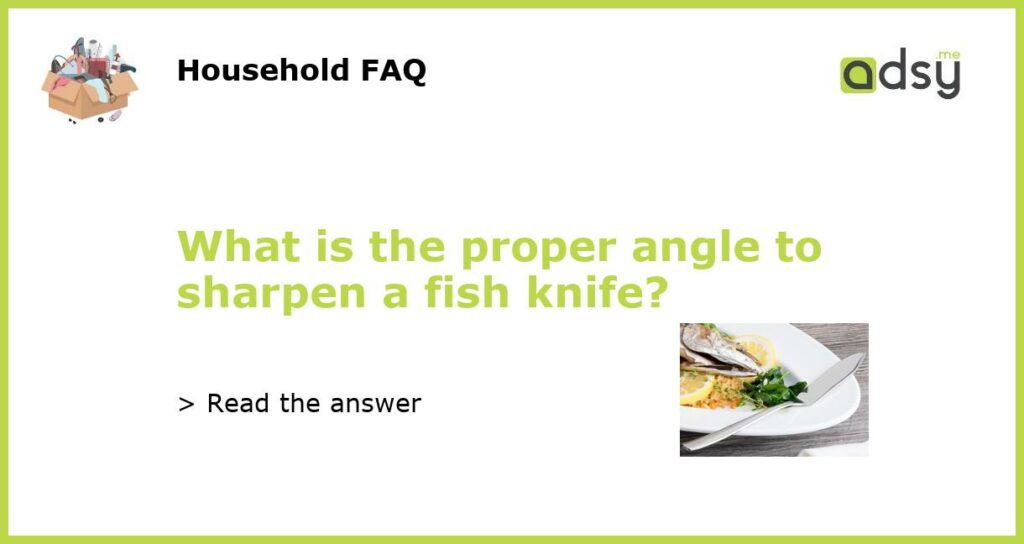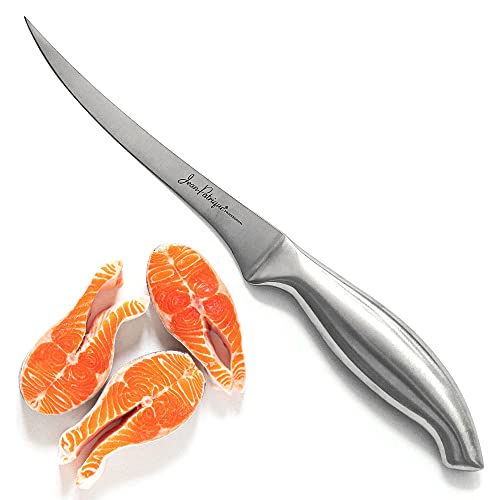The Importance of a Sharpened Fish Knife
Before discussing the proper angle to sharpen a fish knife, it is crucial to understand the significance of having a sharpened knife when filleting a fish. A dull knife can not only be frustrating to use, but it can also be dangerous, as it increases the likelihood of the user applying too much pressure, resulting in a slip and a potential injury. On the other hand, a sharp knife can make the filleting process smoother, easier, and quicker, enabling the user to produce cleaner and more precise cuts with minimal effort.
What is the Angle of a Fish Knife?
The angle of a fish knife varies from one manufacturer to another. However, the most common angles for fish knives are between 16 and 21 degrees. According to experts, the optimal angle for a fish knife should be between 17 and 20 degrees. The blade edge is the part of the knife that needs to be at this angle. The angle determines the sharpness of the knife and the hardness of the blade. A sharper angle will give you a sharper edge, but it will also require more maintenance.
Sharpening Your Fish Knife
Sharpening your fish knife regularly is essential for maintaining its edge. The process of sharpening involves removing metal from the knife’s edge to create a finer, thinner edge. There are different methods of sharpening a fish knife, but one of the most common is using a sharpening stone. The first step in using a sharpening stone is to lubricate it with water or oil. Then, hold the knife at the correct angle and draw the blade back and forth over the stone, using light pressure and avoiding applying too much pressure.
Other Factors to Consider
Aside from the sharpening angle, there are other factors to consider when it comes to sharpening a fish knife. The type of metal that the knife is made of can affect the angle that you need to sharpen it. Some metals are harder than others, and a harder metal will require a more acute angle to sharpen. Additionally, the type of fish that you are filleting can also affect the sharpening angle. Some fish are more challenging to fillet than others, and a sharper angle may be required for tougher fish.
Having a sharp fish knife is crucial for filleting fish properly. The optimal angle for a fish knife is between 17 and 20 degrees, but this can vary depending on the manufacturer and other factors such as the type of metal and fish being filleted. Regular sharpening using a sharpening stone is important for maintaining the knife’s edge and ensuring safe and efficient filleting. By taking these factors into consideration, you can ensure that your fish knife is always in optimal condition when you need it most.






